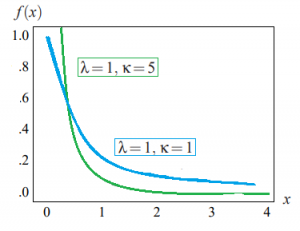Hypothesis tests > Composite Hypothesis Test
What is a Composite Hypothesis Test?
A composite hypothesis test contains more than one parameter and more than one model. In a simple hypothesis test, the probability density functions for both the null hypothesis (H0) and alternate hypothesis (H1) are known. In academic and hypothetical situations, the simple hypothesis test works for most cases. However, in real life it’s much more challenging to specify all of the pdfs for a particular situation.
Approaches to Composite Hypothesis Testing

- Bayesian approach: the unknown parameter is assigned a prior PDF.
- Generalized likelihood ratio test approach: the unknown parameter is estimated and placed into a likelihood ratio test.
Composite Null Hypothesis
In real life, null hypotheses are usually composite unless the problem is very simple. An example of a composite hypothesis, which has multiple possible values, is:
H0: μ ≥ 100
References
Ghobadzadeh, A. et. al. Separating Function Estimation Tests: A New Perspective on Binary Composite Hypothesis Testing. Retrieved August 19, 2019 from: http://post.queensu.ca/~gazor/T-SP-13550-2012.pdf
Lindsey, J. Parametric Statistical Inference. Retrieved August 19, 2019 from: https://books.google.com/books?id=YnsQ-NnMxJ8C
Nowak, R. (2010). Lecture 10: Composite Hypothesis Testing. Retrieved August 19, 2019 from: http://nowak.ece.wisc.edu/ece830/ece830_fall11_lecture10.pdf
Lecture 29 : Bayesian Composite Hypothesis Testing. Retrieved August 19, 2019 from: https://nptel.ac.in/courses/117103018/module8/lec29/1.html